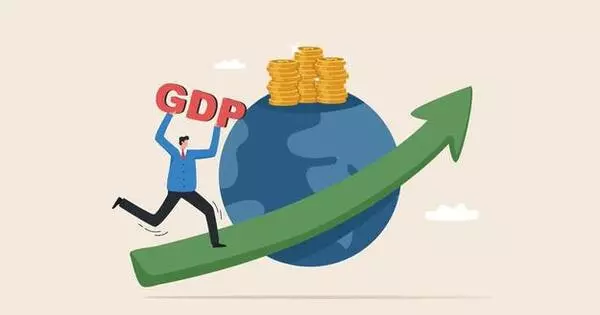Green Gross Domestic Product (Green GDP) is a measure of economic growth that takes into account the environmental costs of that growth. Traditional GDP only considers economic activity and does not account for the depletion of natural resources or the costs associated with pollution and other forms of environmental degradation.
Green GDP attempts to factor in the costs of environmental damage and natural resource depletion, such as the cost of cleaning up pollution or the loss of biodiversity due to deforestation. By doing so, it provides a more accurate picture of a country’s economic growth that takes into account the long-term sustainability of that growth.
Green GDP monetizes biodiversity loss and accounts for the costs of climate change. Some environmental experts prefer physical indicators (such as “waste per capita” or “annual carbon dioxide emissions”), which can be aggregated to indices such as the “Sustainable Development Index.”
Green GDP attempts to account for these negative externalities by subtracting the costs of environmental damage and resource depletion from the traditional GDP figure. This provides a more accurate measure of the sustainability and long-term economic growth of a country.
Calculation
Green GDP is calculated by subtracting net natural capital consumption from traditional GDP, which includes resource depletion, environmental degradation, and protective and restorative environmental initiatives. Some early estimates of green GDP include one or two environmental adjustments, but not all. These calculations can also be applied to net domestic product (NDP), which subtracts depreciation from GDP. In each case, the resource activity must be converted into a monetary value because indicators are generally expressed in national accounts in this manner.
While the concept of Green GDP has been around for several decades, there is no widely accepted method for calculating it, and it has not been widely adopted by governments around the world. However, some countries, such as China, have experimented with incorporating environmental factors into their official GDP calculations.
The concept of Green GDP has gained popularity in recent years as a way to address the negative impacts of economic growth on the environment. However, its implementation remains a challenge as there is no standardized method for calculating the environmental costs of economic activity. Additionally, some argue that Green GDP may not capture the full range of environmental impacts and that a more comprehensive approach to measuring sustainability is needed.
















